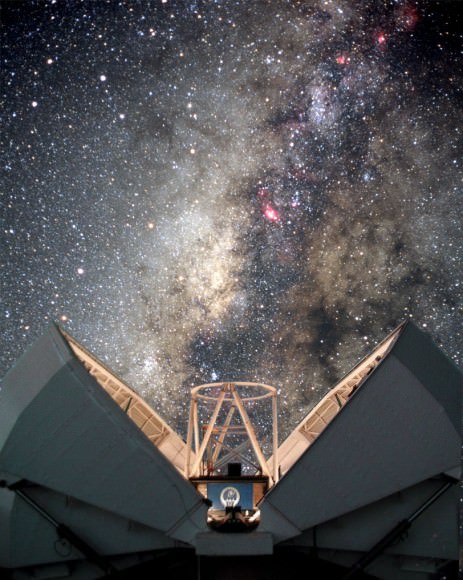What’s the best way to look for potentially hazardous asteroids? Get as many eyes on the sky as you can. That’s the impetus behind a new partnership between the European Space Agency and the Faulkes Telescope Project, which will encourage amateur astronomers to look for asteroids, as well as providing educational opportunities that will allow students to discover potentially dangerous space rocks, too.
ESA’s Space Situational Awareness (SSA) program is part of an international effort to be on the lookout for space hazards – not only asteroids but disruptive space weather and space debris objects in Earth orbit.
But asteroids pose a problem. Often, they are hard to see because they can be very dark, they can approach rather too close before anyone sees them, and they’re often spotted only once and then disappear before the discovery can be confirmed.
That’s where crowdsourcing comes in, to get more eyes on the skies. ESA is turning to schools and amateur astronomers to help as part of Europe’s contribution to the global asteroid hunt.
This month, the UK’s Faulkes Telescope Project will become the latest team to formally support the SSA program. Spain’s La Sagra Sky Survey, operated by the Observatorio Astronomico de Mallorca, began helping SSA earlier this year.
“The wider astronomy community offers a wealth of expertise and enthusiasm, and they have the time and patience to verify new sightings; this helps tremendously,” says Detlef Koschny, Head of NEO activity at ESA’s SSA program office. “In return, we share observing time at ESA’s own Optical Ground Station in Tenerife and provide advice, support and professional validation. We’ll assist them in any way we can.”
The Faulkes Telescope Project runs both educational and research programs, based at the University of Glamorgan in the UK. The project has been active in public education and science outreach, and is a partner of the US-based Las Cumbres Observatory Global Telescope network, which owns and operates two telescopes. Faulkes supports hundreds of schools across Europe, offering free access to their online observing program to schools.
The Faulkes project has two telescopes where you can sign up for observing online: Haleakala, Hawaii (Latitude: N 20 42′ 27.35″ Longitude: W 156 15′ 21.72″) and Siding Spring, Australia (Latitude: S 31 16′ 23.5″ Longitude: E 149 04′ 13.0″)
“Our new cooperation with ESA is a great opportunity. Use of the 2 m-diameter telescopes in Hawaii and Siding Spring, Australia, will greatly enhance asteroid-spotting for the SSA programme, enabling fainter object detection and tracking from a global telescope network,” says Nick Howes, Pro-Am Program Manager at the Faulkes Telescope. “For European students, collaborating on exciting ESA activities and possibly detecting new NEOs is very appealing, as its engagement with one of the world’s great space agencies doing critical scientific work.”
While the Faulkes project focuses on schools, amateurs will be able to freely access the data archives. ESA’s archives are also open to all, and they work with amateur astronomers with theTeide Observatory Tenerife Asteroid Survey (TOTAS) team, who use a 1-meter telescope at the ESA’s Optical Ground Station on Tenerife in the Canary Islands. Since starting their SSA-sponsored survey work in January 2010, the TOTAS amateur astronomers have identified hundreds of asteroid candidates, over 20 of which have been confirmed and named.
Source: Universe Today

No hay comentarios:
Publicar un comentario